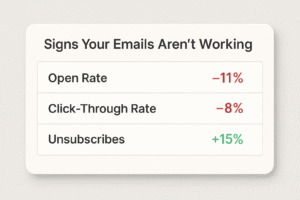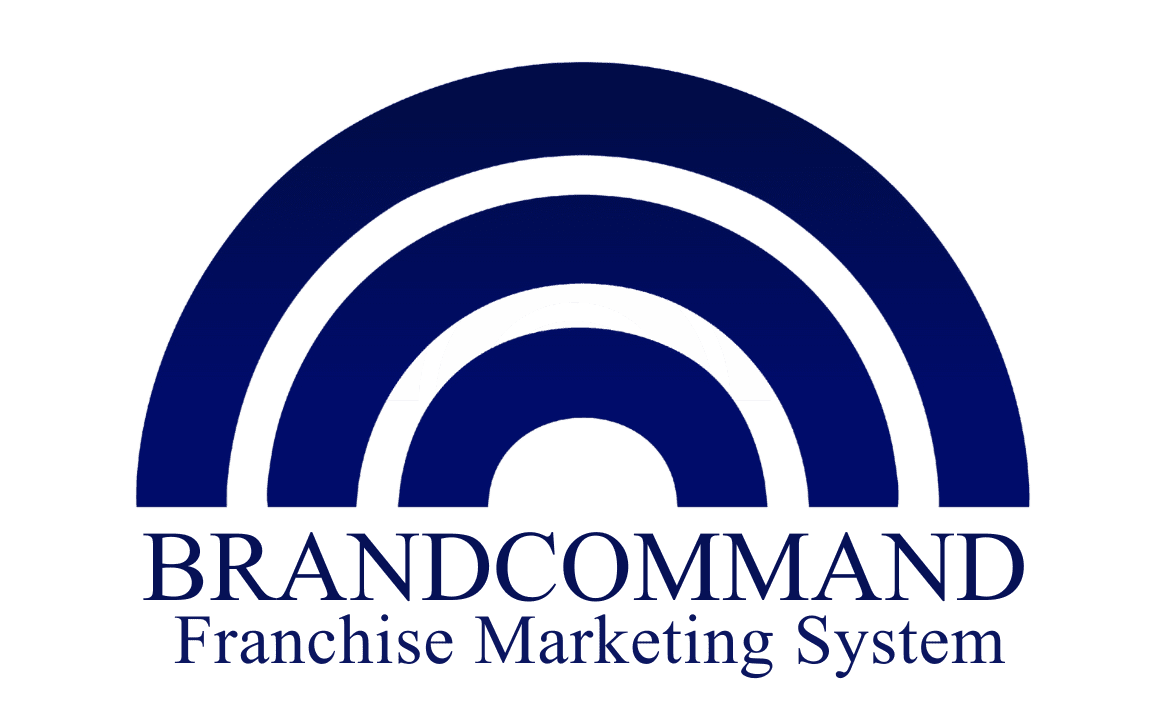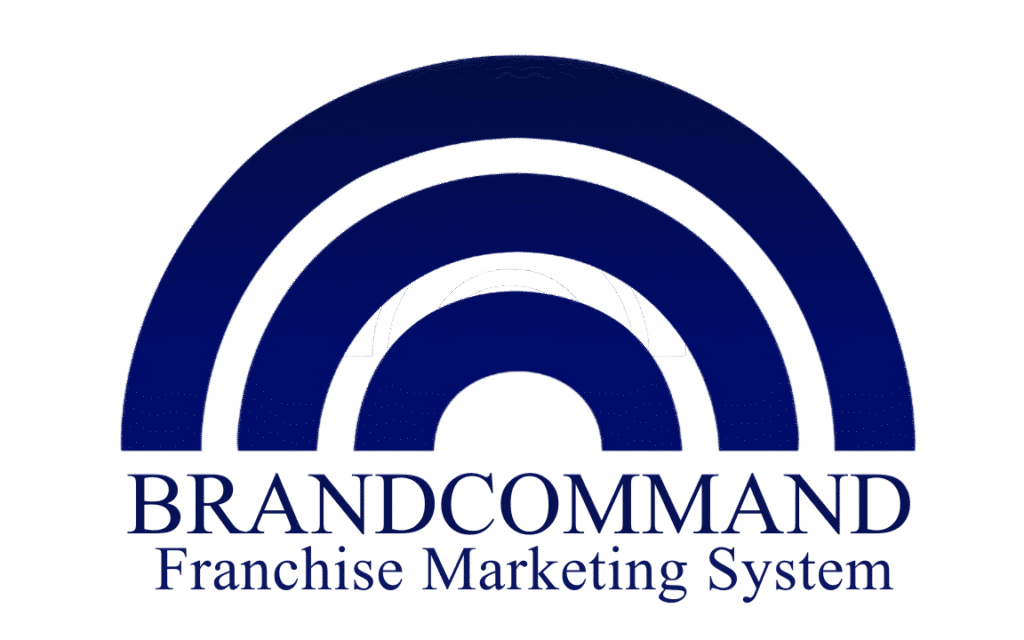Your email list doesn’t mean much if your messages aren’t getting opened, read, or clicked. Marketing strategies should evolve right along with your audience, especially when habits, interests, and expectations shift. What might have worked a year ago can now come across as stale or out of sync. That doesn’t mean you need to start from scratch, but it could be time to rethink how your emails connect with people.
Emails are a chance to speak directly to someone one on one. When they feel like just another generic message, people lose interest fast. If you’re noticing less action on your campaigns, you’re not alone. Many businesses eventually hit a point where their email strategy needs reworking. Spotting the signs early can help you course correct before engagement drops too low.
Indicators Your Email Campaigns Are Underperforming
If you’ve been sending emails regularly but seeing fewer results, the problem may be with how your audience is responding or not responding at all. Campaign performance can slip for different reasons, but there are usually a few common warning signs that signal something’s off.
Here are some to watch for:
– Low open rates: This tells you the subject lines aren’t speaking to your audience or your messages aren’t even making it to inboxes. A drop in open rates is often one of the first red flags.
– Click-through rates falling: People may be opening the email, but if they’re not clicking the links, it likely means your content isn’t convincing enough or your call-to-action feels buried.
– Unsubscribes increasing: This could be a sign people don’t find your content helpful anymore or that they’re receiving too many messages. While it’s normal to lose a few subscribers here and there, spikes should be taken seriously.

These kinds of patterns can sneak up if you’re not actively checking your analytics. For example, a small business owner in Newfoundland might notice their summer promo emails aren’t getting much traction, even though last year’s were a hit. If nothing has changed in the tone or timing, it could mean the audience has shifted or just that the same formula no longer works.
The good news is, once you identify these signals, you’re already one step closer to solving the problem. It’s less about placing blame and more about finding out where tweaks can make a big difference. If one area is consistently falling flat, it’s often a sign you need to update your approach across the board.
Signs Of Content Stagnation
When people feel like they’ve seen your messages before, they start tuning out. Even if your offers are strong, recycled or outdated content can wear thin fast. If your email format hasn’t changed in a while and your wording sounds too familiar, that’s a signal things could use a refresh.
Sometimes it’s easy to fall back on what worked in the past. Maybe you’ve been relying on the same template design for a couple of years. Or maybe your emails follow the same formula every time intro, offer, link, sign-off. That kind of repetition becomes easy to skim and forget. People stop engaging not because your brand isn’t good, but because the content feels a bit too predictable.
There’s also the risk of losing relevance. If your readers are getting messages that don’t match their current needs, they won’t stick around. Real connection comes from showing that you’re still listening to what matters to them today, not what mattered last season.
Personalization is another obstacle. Emails that feel like they were made for everyone tend to click with no one. Using someone’s first name in the greeting isn’t enough. Personalisation should go deeper based on interests, behaviours, or what stage they’re at. Skipping this step makes your messages feel generic, even when your intentions are good.
Design can be a silent deal breaker, too. Older email templates sometimes don’t display well across devices, making it hard to read or navigate. If your visuals aren’t holding up anymore or aren’t mobile-friendly, it might be time for an update.
Behavioural Changes In Your Audience
Now and then, your audience just stops acting the way they used to. These changes can sneak up if you’re not looking at the right things, but they often point to problems with your email approach. What matters is what your audience does after opening your message. If they’re getting less curious about your content or skipping over it altogether, that’s your cue that something deeper is going on.
Pay attention to things like:
– A steady drop in time spent reading your emails
– Fewer replies or follow-ups, especially on emails that used to get strong responses
– Calls-to-action being ignored completely
In some cases, you may notice your emails getting caught in spam filters even when you’re sending them to people who signed up willingly. That can happen when your emails start to look formulaic or flag automated spam indicators. Too many images, the wrong keywords, or even sending at odd times can cause deliverability problems.
Let’s say you’ve been reaching out to your list every two weeks, like clockwork. But over time, the number of people clicking your links or responding keeps shrinking. At that point, it doesn’t matter how often you’re sending they’re tuning out. You could run a re-engagement campaign to try and win them back, but it won’t work if you don’t switch up your style too.
Spotting these shifts puts you in a strong place. Changing how you structure your messages, when you send them, and what content you include can help reconnect with your audience before they disappear for good.
Strategies For A Fresh Start
Once you’ve spotted the weak spots, the next step is about figuring out what changes will actually move the needle. You don’t need to sweep everything away and start over. Small adjustments to how you craft and structure your emails can have a real impact when done with the audience in mind.
Here are a few ways to give your strategy a lift:
1. Run A/B tests
Choose one element to test at a time subject line, imagery, layout, or call to action. This is one of the simplest ways to understand what your audience connects with most.
2. Switch up your content format
Try a fresh tone or structure. Maybe a Q&A style format. Or even a short story highlighting a challenge and how it was solved. Shake off the dull and explore ways to keep things human and useful.
3. Use AI to guide timing and content
AI-driven tools can help figure out when your audience is most likely to open and click and what kind of topics catch their eye. With those insights, you can build campaigns that feel more timely and tailor-made.
Refreshing your visuals can also count for a lot. New banners, simpler calls-to-action, and clearer hierarchy in your email design help your message land better. Don’t forget mobile users when testing design tweaks.
Finding your new direction starts with being honest about what’s working and what’s not. If part of your current process feels like ticking a box, chances are your audience feels that too.
Revitalize Your Email Marketing with BrandCommand
Keeping your emails useful and engaging takes effort, but it pays off in stronger long-term connections with your audience. Stale content and slipping engagement don’t solve themselves, and waiting too long can cost more than just attention it chips away at trust. Whether the problem is your tone, timing, or look, giving your email strategy an honest refresh can bring it back to life.
Getting results again takes more than guesswork. If you’re noticing changes in your audience’s behaviour or you’re feeling stuck in old patterns, it’s a good time to bring in new ideas and structure. With the right approach, you can keep your emails effective, timely, and welcomed in your readers’ inboxes exactly where you want to be. Marketing in Newfoundland has its unique audience expectations, and this is where BrandCommand steps in. Our team knows how to breathe new life into tired campaigns while helping you adapt to new trends without losing your brand voice.
If you’re finding it challenging to keep up with effective email tactics, you’re not alone. If you’re looking to strengthen your approach to marketing in Newfoundland, BrandCommand can help you reconnect with your audience in a meaningful way. Our team offers smart, simple strategies that improve engagement and make your emails feel fresh again. Let’s work together to turn things around and keep your messages landing right where they should—in the inbox, not the trash.
-Bill
When it’s done right, email marketing feels like a welcome nudge instead of a sales pitch. A good email should make your subscribers feel like you understand them and have something valuable to share. It builds trust, keeps your audience in the loop, and encourages them to stick around. But if it’s handled poorly, email marketing can do the exact opposite, pushing subscribers away, sometimes for good.
A lot of businesses fall into the same traps with email campaigns. They get too eager and flood inboxes, or they forget to think about how the message looks on different devices. They might skip small but meaningful details like using someone’s name. These little things pile up and can cause your list to shrink faster than it grows. By avoiding these habits, you create space for stronger engagement, healthier relationships, and smarter marketing in Newfoundland or wherever your audience may be.
Ignoring Mobile Optimization
If your email doesn’t work well on a phone, you’ve already lost a big chunk of your audience. Most people check their inbox from their phone first thing in the morning or while out and about. If your message is tricky to read or interact with, chances are they’ll swipe it away without a second thought.
Poor mobile formatting can result in tiny fonts, buttons that are hard to tap, or layouts that don’t adjust to the screen size. Sometimes images won’t load properly, or the email becomes a hassle to scroll through. All of these issues lead to one thing—less interaction.
Here are some ways to make sure your email works on mobile:
– Use large, simple fonts for easy reading
– Keep your layout single column and clutter-free
– Make buttons wide enough to press with a thumb
– Don’t rely on images alone to communicate your point
– Always test your emails on multiple devices before sending
Emails that are quick and easy to read on a phone set the right tone from the start. If your email is clear at a glance, your subscriber is much more likely to follow through and respond.
Overloading With Content
An email isn’t the place to throw everything at once. When you try to add too many different pieces of information in one message, it gets overwhelming fast. The main idea gets drowned out, and people start skipping or skimming. That’s not what you want after spending time crafting your message.
focus on one message at a time. If you’ve got several updates or offers to share, consider spacing them out across a short series. That way, each email feels focused, relevant, and less pushy.
Let’s compare two emails. One lists ten products, has bulky paragraphs, and no clear direction. The other gives one helpful tip, one product link, and a clear button to click. Which one are you more likely to hang around for? The simpler one. It respects your time and tells you what matters.
Keep your copy light. Use short paragraphs. Guide the reader’s attention to a main idea and give them something easy to act on. That structure will feel friendlier and more thoughtful.
Neglecting Personalisation
People want to feel like your message was meant for them. If your emails sound like they could go to anyone, don’t be surprised when nobody pays much attention. Personalisation helps your brand sound more human, which makes it easier to connect with your audience.
That doesn’t mean slapping someone’s name on the subject line and calling it a day. Personalisation works best when it reflects your subscribers’ behaviour, interests, or preferences.
Try doing things like:
– Tailoring content based on past purchases or reading habits
– Creating a welcome series that changes depending on user actions
– Offering special promotions based on how someone’s interacted with your brand
– Sending kind reminders if someone left something in their cart
Even using a name in a natural way, once or twice in the body of the email, can build a sense of connection. The key is to keep the message feeling real. Avoid sounding scripted or overly automated.
Emails that sound like conversations perform better because they feel more genuine. When your subscribers feel seen and valued, they’re more likely to stay engaged.
Inconsistent Email Frequency Breaks Trust
One of the top reasons people unsubscribe from email lists is poor timing. Whether it’s too many emails or none at all, irregular communication feels sloppy. If you’re always flooding inboxes or vanishing for weeks, your subscribers won’t know what to expect. That makes it harder to stick around.
Think of email marketing as building a routine. Just like with friends or coworkers, people appreciate consistency. And trust starts with predictability.
Follow a basic rhythm by:
– Choosing a frequency you can commit to
– Communicating up front how often you’ll be in touch
– Avoiding long gaps followed by sudden bursts of emails
– Watching engagement data to adjust before people lose interest
Set a pattern your audience can rely on. Weekly, bi-weekly, or monthly updates all work, but only if you stick with what you promise. Most subscribers won’t care how often they hear from you, so long as it feels balanced and useful.
Why a Clear CTA Matters
If your email doesn’t tell readers what to do next, they won’t do anything. That’s why a strong call-to-action (CTA) is one of the most important pieces in your message. Whether you want someone to read your blog, join a webinar, or check your store, your CTA needs to be obvious and simple.
A vague “click here” or “learn more” won’t get much attention. Make sure the language spells out exactly what clicking the button will do. You want people to feel confident, not confused.
Here are a few CTA pointers to help things move in the right direction:
– Keep the message short and clear
– Use action verbs like “Book,” “Download,” “Start,” or “View”
– Make the button or link easy to find by giving it space
– Avoid stuffing too many CTAs into one email
Having just one CTA per message often works best. Don’t make your readers choose between six different things. Guide them to one meaningful next step, and they’ll be more likely to follow through.
Emails without a clear CTA waste an opportunity. You’ve earned attention by getting into the inbox — give your readers an easy way to act on it.
Give Your Email Strategy a Fresh Look
Email marketing isn’t about blasting as many people as possible. It’s about building a lasting relationship, one message at a time. If you send messy, generic, or poorly timed emails, your audience might walk away. But when you focus on the experience, your subscribers will notice.
Every message offers a chance to deliver value and build trust. That means making your emails easy to read on mobile, keeping the content focused, speaking directly to the person reading, sending on a consistent schedule, and guiding readers toward one clear action.
These are the differences between an ignored email and one that leads to a click or reply. It’s not about doing more, but doing better.
If your current emails aren’t getting the response you’re after, it might be time to take a step back and rethink your approach. Clean up the clutter, personalize your tone, and stick to a rhythm that works for both you and your readers. With the right help, you can make email marketing work the way it should — by connecting you with people who want to hear from you and keeping them coming back. This is where smarter marketing in Newfoundland starts.
Feeling ready to enhance your email marketing approach? Don’t let these common pitfalls hold you back from connecting with your audience. Discover how we can help with marketing in Newfoundland through our personalized services and support. BrandCommand is here to guide your marketing efforts and turn your email strategy into a successful venture.


